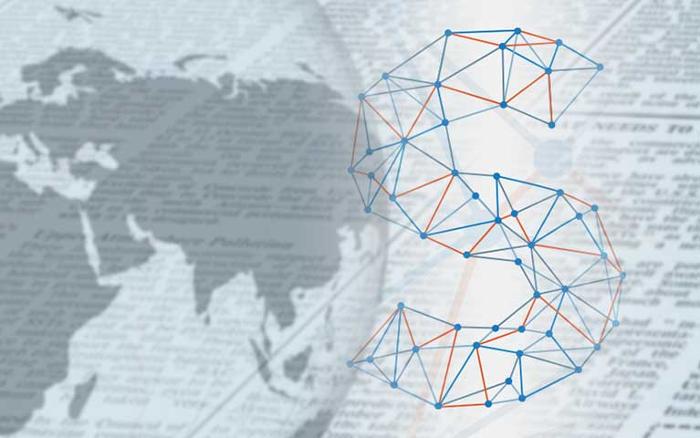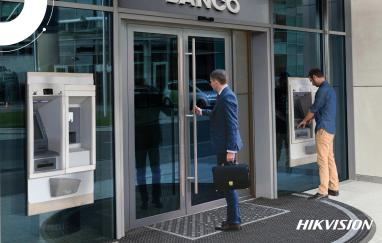

Banks increase their dependence on cybersecurity

Digitalisation has led many financial groups to change their operating processes, which has given rise to increased risks, especially regarding cybersecurity. In order to minimise these vulnerabilities and to face new challenges, banks are closely collaborating with companies specialising in security technology.
Technology can help payment companies face the increasing risks they are up against, as reported by an international study by Capgemini. According to a survey among sector executives, 42% consider that these companies are exposed to cybersecurity risks, 37% to regulation risks, 35% to operations threats and 30% to business risks.
87% of those surveyed also believe that they face a high probability of cybernetic vulnerabilities, because criminals are taking advantage of the exposures opened due to the covid-19 confinement, the same exposures that increase the risk of computerised attacks, money laundering and terrorism funding. Therefore, their companies are resorting increasingly more to technology to reduce exposure to new threats.
Pablo Campos, Technical Director of Hikvision, explains that cybersecurity risks in the financial sector have grown significantly in recent years, and “they have increased even more with the coronavirus pandemic, that has led to increased online activity”. As he points out, “the move towards digital banking has led all banks to develop important web platforms that have allowed giant steps in digitising their operations”, but this has also required “elevating their security measures”.
New risks
In their digitalisation processes, banks have had to change some of the operating processes in order to connect with their clients online. This has led to “new risks for which they were not prepared” that had to be resolved with increased participation by companies specialising in security technology who, in addition to their products, have provided their knowledge and experience with computers and telecommunications to resolve problems. “Proof of this intense collaboration is that some of the technological experts were later hired by these same financial institutions”.
More physical security
Technology has also increased physical security in ATMs and bank offices, with increasingly more sophisticated systems and access. As explains Campos, “much work has been done to prevent criminal activity, for example, by covering and protecting certain areas of the office or detecting when a forgery device has been placed in front of an ATM”. Increasingly more sophisticated security cameras have also been used, and even business intelligence steps have been implemented to make use of the data obtained in the new “friendly spaces” created by some institutions that offer leisure and entertainment for users. Thus, “these cameras not only minimise risks, they also provide quite valuable information and statistics to improve the institution’s operations, related to people counting, queue management, use of spaces, etc.”




